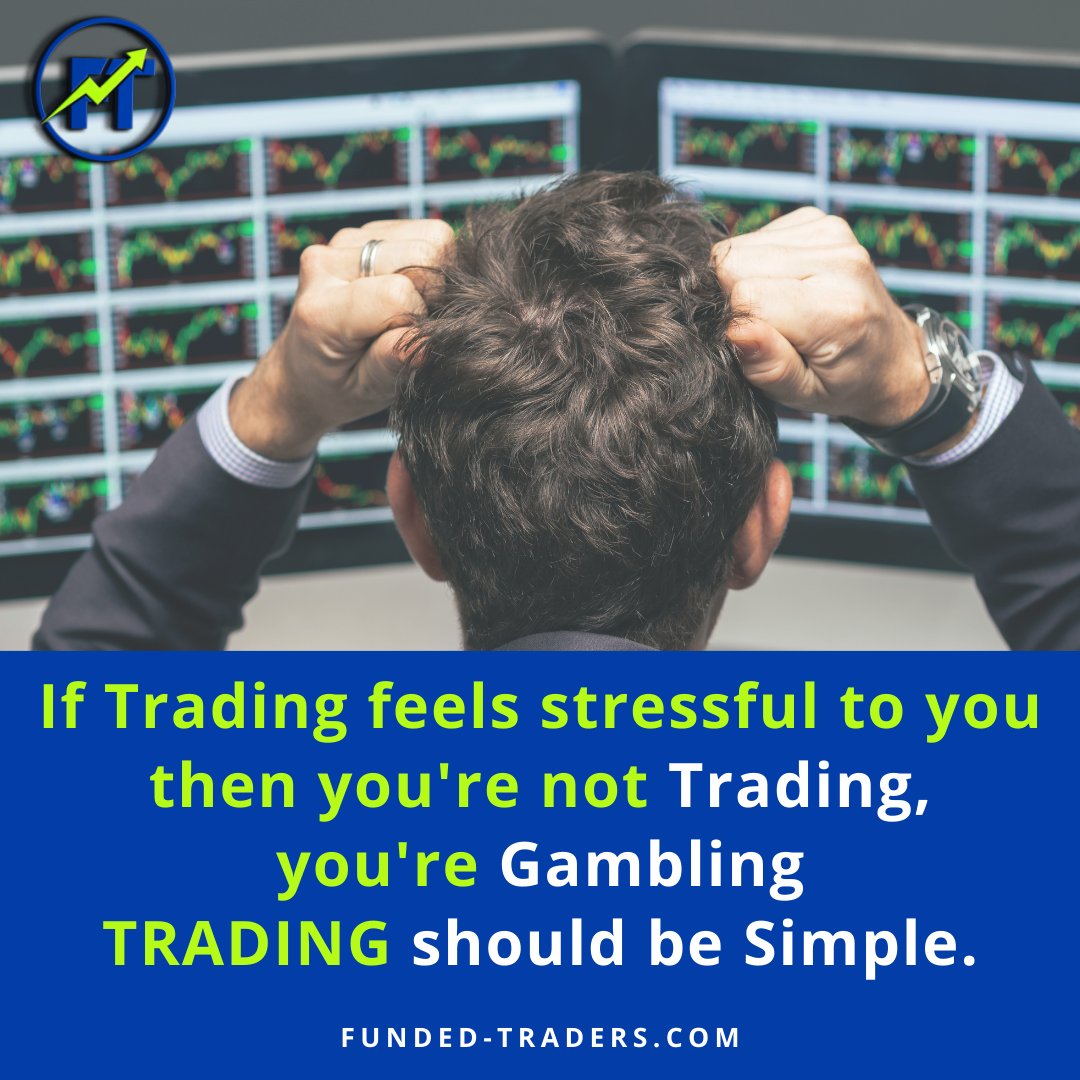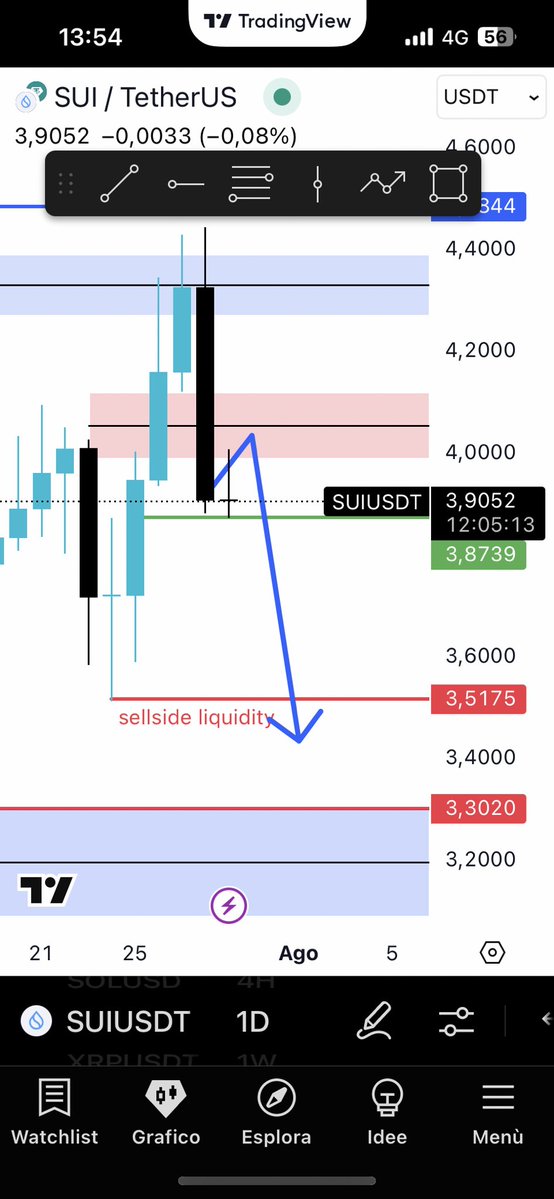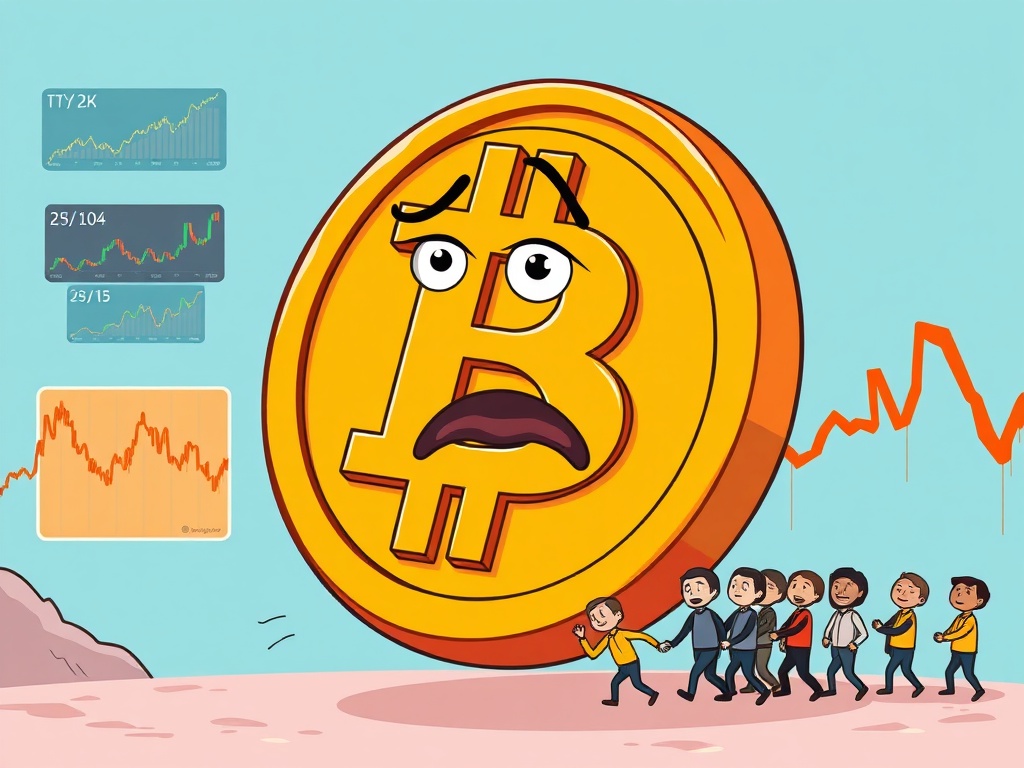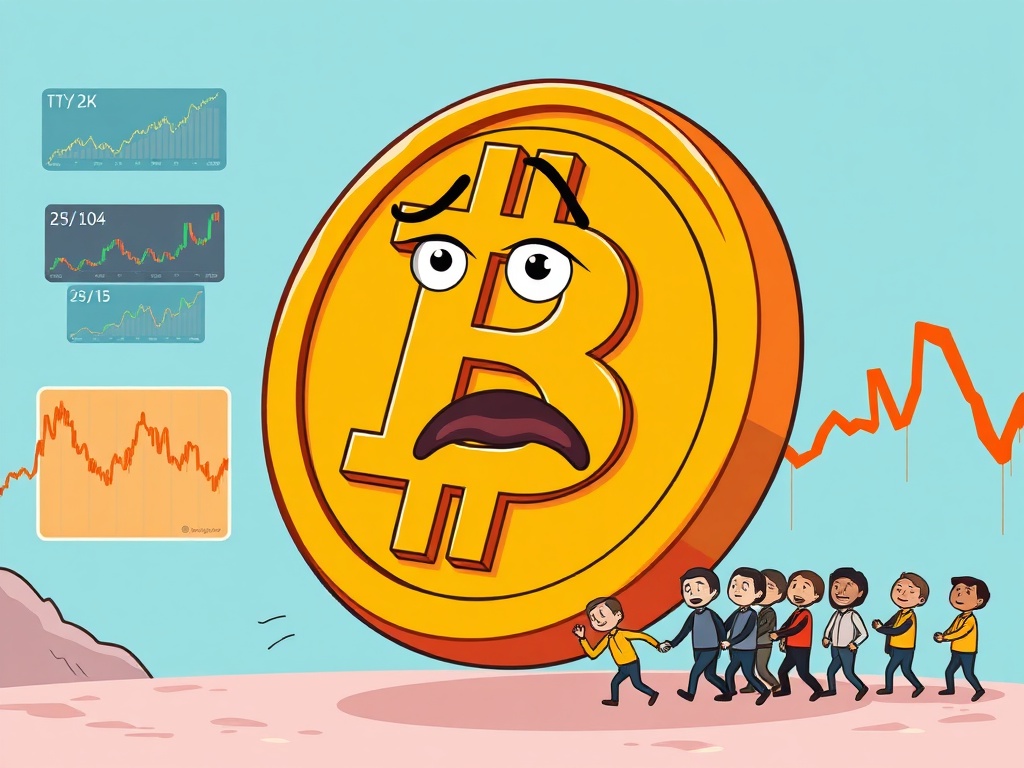The Art of Stress-Free Trading: A Calculated Approach
Imagine trading as a serene lake, calm and reflective. Now, picture the emotional turmoil of trading as a storm, churning the waters into a frenzy. The goal is to navigate the storm without capsizing your boat. This metaphor sets the stage for understanding how to transform the stressful world of trading into a more manageable and even enjoyable activity.
The Emotional Rollercoaster
Trading can be an emotional rollercoaster. The thrill of a winning trade can be exhilarating, but the despair of a losing one can be crushing. This emotional volatility is often what makes trading stressful. The key to managing this stress is to recognize when your trading feels more like gambling than a calculated strategy. If you find yourself making impulsive decisions based on fear or greed, it’s time to reassess your approach.
Recognizing the Signs
Impulsive trading often stems from emotional reactions rather than logical analysis. Fear of missing out (FOMO) can drive you to enter trades without proper research, while the fear of losing can make you exit trades prematurely. Recognizing these emotional triggers is the first step toward stress-free trading. By identifying when emotions are taking the wheel, you can take a step back and reassess your strategy.
The Impact of Emotions
Emotions can cloud judgment and lead to poor decision-making. For instance, greed can push you to take on more risk than you can handle, while fear can cause you to miss out on potential opportunities. By acknowledging the role of emotions in your trading, you can start to develop strategies to mitigate their impact. This might involve setting clear rules for when to enter and exit trades, or using tools like stop-loss orders to limit potential losses.
The Power of Analysis
Analysis is the cornerstone of stress-free trading. By relying on data and trends rather than emotions, you can make more informed decisions. This doesn’t mean you need to be a data scientist; it simply means you should use available tools and resources to guide your trading.
Technical Analysis
Technical analysis involves studying historical price movements and volume data to identify patterns and trends. Tools like moving averages, relative strength index (RSI), and Bollinger Bands can help you make more informed trading decisions. For example, a moving average can help you identify the overall trend of an asset, while RSI can indicate whether an asset is overbought or oversold.
Fundamental Analysis
Fundamental analysis focuses on the underlying value of an asset. This involves looking at factors like financial statements, economic indicators, and industry trends. By understanding the fundamentals, you can make more informed decisions about which assets to trade. For instance, if you’re trading stocks, you might look at earnings reports, revenue growth, and market share to assess a company’s potential.
Keeping It Simple
One of the biggest mistakes traders make is overcomplicating their strategies. The more complex your strategy, the more room there is for error and stress. Keeping it simple allows you to focus on what’s important and makes it easier to stick to your plan. This doesn’t mean you should ignore important factors, but rather, you should prioritize them and avoid getting bogged down in unnecessary details.
The KISS Principle
The KISS principle—Keep It Simple, Stupid—is a valuable guideline for traders. By simplifying your strategy, you can reduce the cognitive load and make it easier to execute your trades. This might involve focusing on a few key indicators or sticking to a simple trading plan. For example, you might decide to trade only based on moving averages and RSI, rather than trying to incorporate dozens of different indicators.
Prioritizing Factors
When simplifying your strategy, it’s important to prioritize the factors that matter most. This might involve identifying the key drivers of an asset’s price and focusing on those. For instance, if you’re trading cryptocurrencies, you might prioritize factors like market sentiment, regulatory developments, and technological advancements. By focusing on these key factors, you can make more informed trading decisions without getting overwhelmed by unnecessary details.
Sticking to Your Strategy
Consistency is key in trading. Once you have a strategy that works for you, stick to it. This doesn’t mean you can’t adjust your strategy over time, but it does mean you should avoid making impulsive changes based on short-term market fluctuations. By sticking to your strategy, you can reduce stress and increase your chances of long-term success.
The Importance of Discipline
Discipline is crucial for sticking to your strategy. This involves setting clear rules for when to enter and exit trades, and sticking to those rules regardless of short-term market fluctuations. For example, you might decide to enter a trade only when a certain indicator reaches a specific level, and exit the trade when it reaches another level. By following these rules consistently, you can reduce the impact of emotions on your trading decisions.
Adapting Over Time
While consistency is important, it’s also important to adapt your strategy over time. Markets change, and what works today might not work tomorrow. By regularly reviewing and adjusting your strategy, you can ensure it remains effective in changing market conditions. This might involve incorporating new indicators, adjusting your risk management strategies, or changing your trading plan based on new information.
The Role of Emotions
Emotions play a significant role in trading, but they don’t have to control your decisions. By recognizing and managing your emotions, you can make more rational decisions. For example, if you find yourself feeling anxious about a trade, take a step back and reassess your strategy. If you’re feeling greedy, remind yourself of your long-term goals and avoid taking unnecessary risks.
Managing Anxiety
Anxiety is a common emotion in trading, especially when dealing with the uncertainty of market movements. To manage anxiety, it’s important to have a clear trading plan and stick to it. This might involve setting stop-loss orders to limit potential losses, or taking breaks from trading to clear your mind. By managing anxiety, you can make more rational trading decisions and reduce stress.
Controlling Greed
Greed can be a powerful emotion in trading, driving you to take on more risk than you can handle. To control greed, it’s important to set clear goals and stick to them. This might involve setting profit targets and exiting trades when those targets are met, rather than trying to squeeze out every last bit of profit. By controlling greed, you can make more rational trading decisions and reduce the risk of significant losses.
The Importance of Education
Education is another crucial aspect of stress-free trading. The more you know about the market and the assets you’re trading, the more confident you’ll feel in your decisions. This doesn’t mean you need to become an expert overnight, but rather, you should continuously seek to expand your knowledge and skills.
Continuous Learning
Continuous learning is essential for staying ahead in the fast-paced world of trading. This might involve reading books, attending seminars, or taking online courses. By continuously expanding your knowledge, you can make more informed trading decisions and reduce stress. For example, you might learn about new trading strategies, market trends, or risk management techniques.
Seeking Mentorship
Seeking mentorship from experienced traders can also be valuable. A mentor can provide guidance, share their experiences, and help you avoid common pitfalls. By learning from someone who has been successful in trading, you can accelerate your own learning curve and reduce stress. For instance, you might join a trading community or attend a trading conference to connect with experienced traders.
The Benefits of a Community
Trading can be a lonely activity, but it doesn’t have to be. Joining a community of like-minded traders can provide support, advice, and a sense of camaraderie. This can be especially helpful during stressful times, as you can share your experiences and learn from others.
Building a Support Network
Building a support network is crucial for stress-free trading. This might involve joining online forums, attending local trading meetups, or connecting with other traders on social media. By building a support network, you can gain valuable insights, share your experiences, and reduce stress. For example, you might join a trading community on Reddit or attend a local trading meetup to connect with other traders.
Sharing Experiences
Sharing your experiences with other traders can be a valuable way to learn and grow. By discussing your trades, strategies, and challenges, you can gain new perspectives and insights. This can help you make more informed trading decisions and reduce stress. For instance, you might share your trading journal with other traders or participate in a trading discussion group.
The Future of Trading
As technology continues to evolve, so too will the world of trading. From automated trading platforms to advanced analytics tools, the future of trading promises to be more accessible and less stressful than ever before. By staying up-to-date with the latest trends and technologies, you can ensure you’re always one step ahead.
The Rise of Automation
Automation is transforming the world of trading, making it more efficient and less stressful. Automated trading platforms can execute trades based on predefined rules, reducing the need for manual intervention. This can help you make more informed trading decisions and reduce stress. For example, you might use an automated trading platform to execute trades based on technical indicators or fundamental analysis.
Advanced Analytics
Advanced analytics tools are also transforming the world of trading. These tools can provide valuable insights into market trends, asset performance, and risk management. By using advanced analytics, you can make more informed trading decisions and reduce stress. For instance, you might use machine learning algorithms to identify patterns in market data or use predictive analytics to forecast asset prices.
Conclusion: Embrace the Calculated Approach
In conclusion, trading doesn’t have to be stressful. By adopting a calculated approach, keeping it simple, sticking to your strategy, and letting analysis guide your decisions, you can transform trading into a more manageable and enjoyable activity. Remember, the goal is not to eliminate stress entirely, but rather, to manage it in a way that allows you to make more informed and rational decisions. So, embrace the calculated approach and watch as your trading journey becomes a more rewarding experience.
—
Sources:





